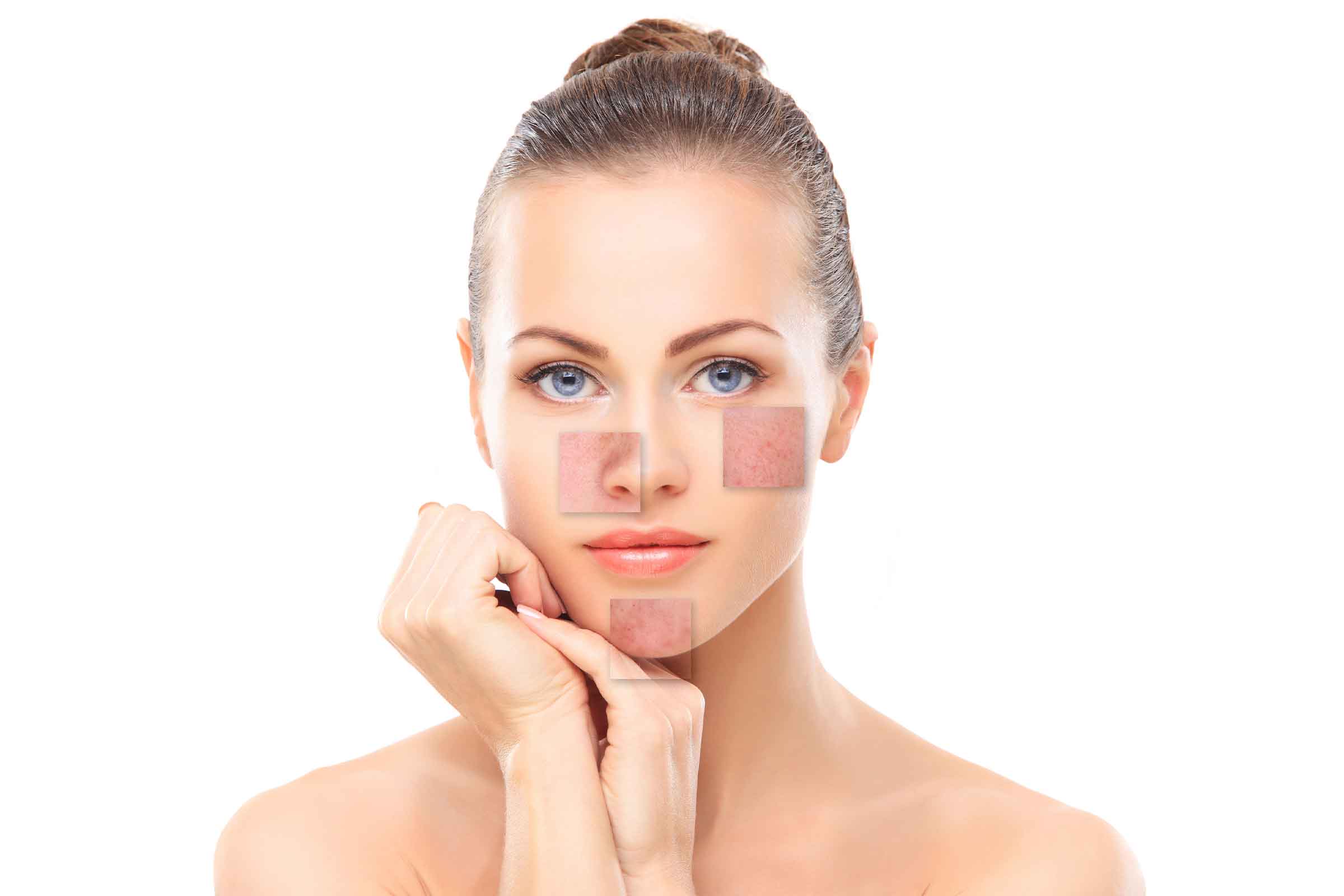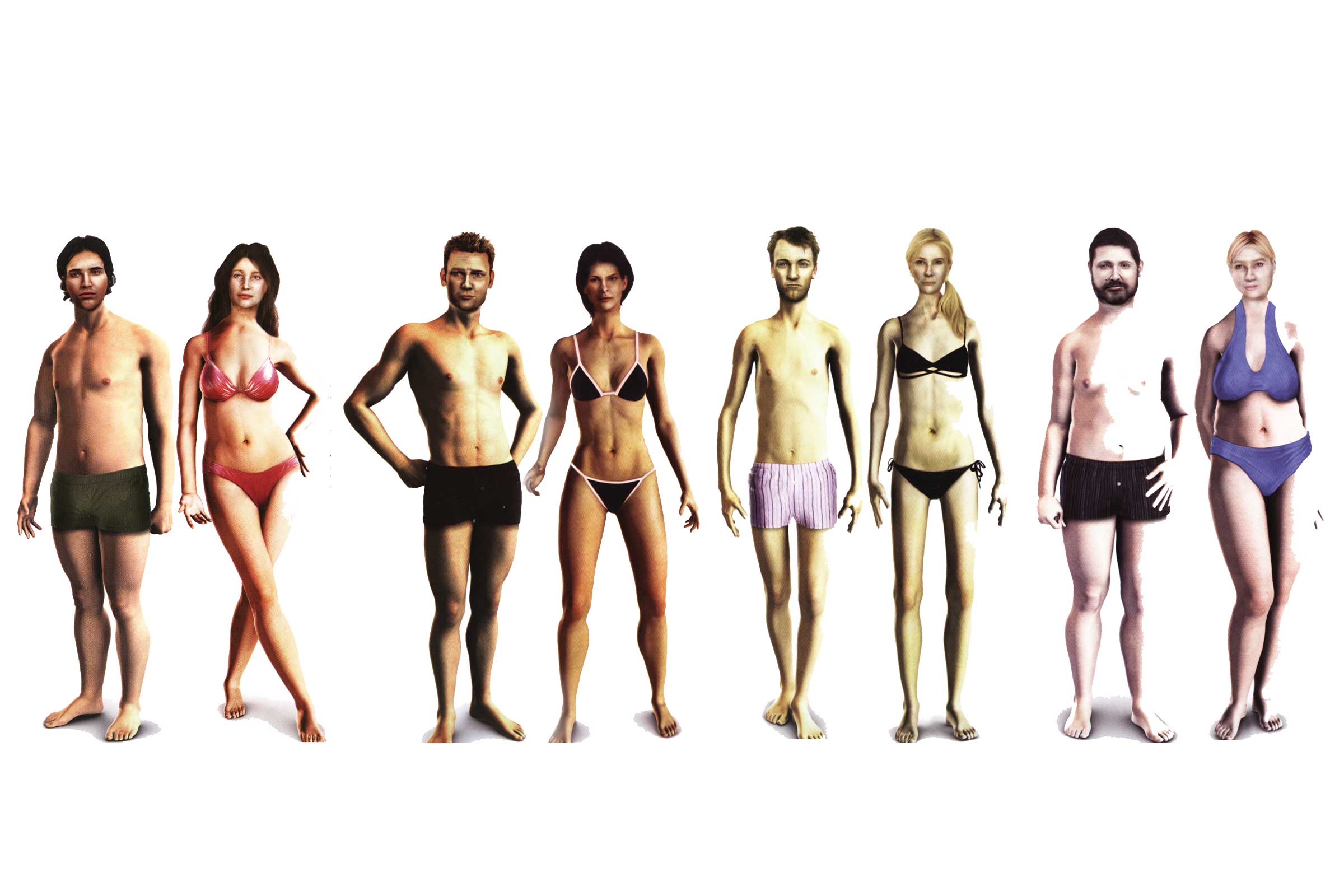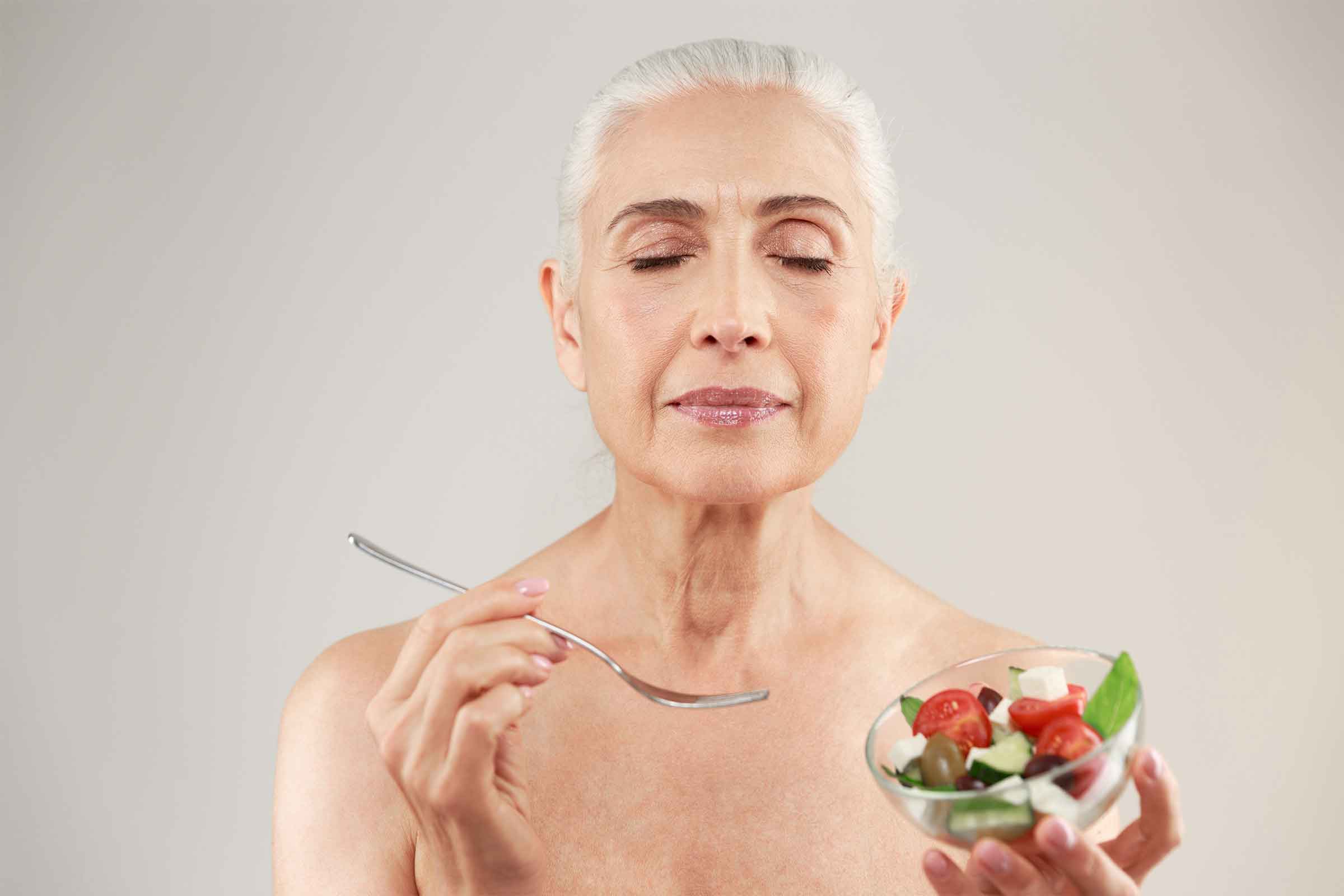Are you helping or hindering your clients’ rosacea?
Hypersensitized skin is on the rise in North America, and one of the most misunderstood of all skin disorders is rosacea. Rosacea seems to affect fair skinned people who flush easily, mostly adults between the ages of 40 and 70. Over 30 percent of the population is afflicted with this condition.
Genetic predisposition and sun exposure are among the most commonly known factors related to the development of rosacea. Hereditary rosacea is a chronic skin disorder; it can’t be healed but it can be controlled. When the condition is caused by sun exposure, the capillaries can be treated with IPL, laser, sclerotherapy or electrocoagulation.
Stage 1
The classic rosacea symptoms are transient redness (flushing) and inflammation, particularly on the nose and cheeks, and in certain cases on the chin and forehead. The redness is caused by an increased blood flow from capillaries located close to the surface of the skin. This type of skin is well oxygenated and doesn’t wrinkle.
Stage 2
The increased blood flow provokes a permanent dilation of surface capillaries, which become visible as thin red lines (telangiectases), forming webs on the nose and cheeks.
Stage 3
The proliferation of a species of mites called Demodex folliculorum – a type of parasite found in sebaceous glands and hair folicles – triggers a skin imbalance and the outbreak of inflammatory papules (raised solid red lesions) and pustules (papules with pus). This condition is called acne rosacea, and it is mostly observed in people over 30.
Stage 4
The inflammation worsens and the hypertrophy of the connective tissue (fibroblast hyperactivity) creates skin protuberances (tissue hyperplasia). This condition,
which once primarily affected men, is called rhynophyma. Only surgery can fix this problem.
Triggering factors
Since the advent of retail sales of AHAs (1992), consumers often have abused those products and aggravated their condition. Rosacea can be controlled by avoiding factors that trigger flushing (erythema) and by using proper skincare products. Here’s a list of triggering factors:
Lifestyle
Skin care
When performing a facial, extraction of blackheads must be avoided on vascular areas. Rosacea skin must be treated with great care and tenderness; the capillaries need to be protected at all cost. Clients must be advised to modify their lifestyle and avoid triggering factors, and at-home and professional skincare products must, for the most part, be carefully selected in order to keep the condition under control.





